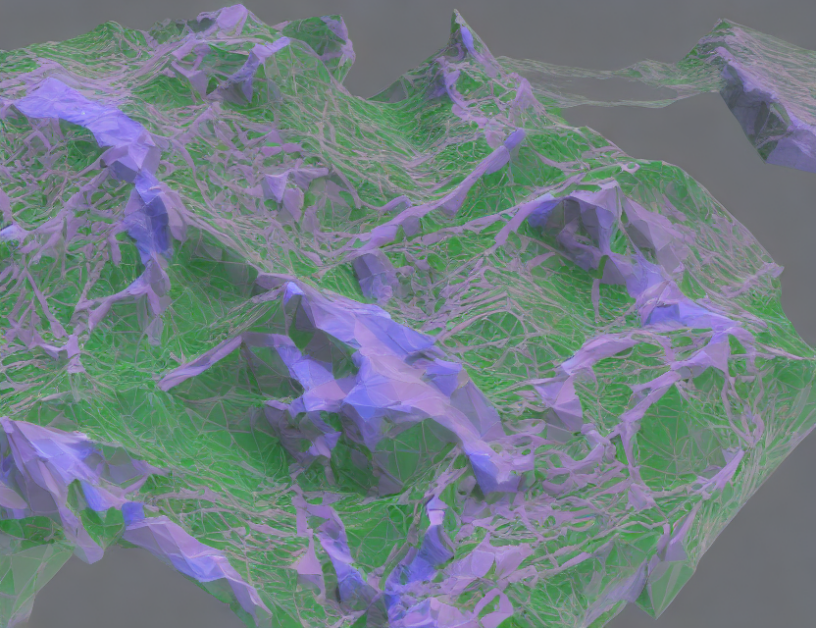In this article, the authors present a novel approach to neural volume rendering, which is a technique used in computer graphics to generate photorealistic images of complex scenes. Traditional methods for neural volume rendering are computationally expensive and struggle to render dynamic scenes with multiple people in real-time. The proposed method, called NeRF (Neural Radiance Fields), addresses these limitations by using a neural network to represent the full 3D scene in a way that allows for efficient rendering and novel view synthesis.
The NeRF model consists of two main components: an encoder network that maps the 3D coordinate and viewing direction to a latent space representation of the scene, and a decoder network that samples from this latent space to generate the final image. The key innovation of NeRF is the use of a multi-layer perceptron (MLP) network to represent the scene in a way that allows for efficient rendering. This MLP network is trained on a set of input images and their corresponding depth maps, and it learns to predict the full 3D scene representation from a given viewing direction.
The authors demonstrate the effectiveness of NeRF through several experiments. In one experiment, they show that NeRF can generate photorealistic images of a dynamic scene with ten people in only 25 seconds of training time. They also compare NeRF to other state-of-the-art methods for neural volume rendering and show that it achieves superior quality and efficiency.
The authors also extend their method to handle novel views, which are views of the scene that were not seen during training. They achieve this by using a hash-based encoding scheme that allows them to efficiently render new views without requiring additional training data.
In summary, NeRF is a powerful technique for neural volume rendering that enables efficient and photorealistic rendering of dynamic scenes with multiple people. It uses an MLP network to represent the full 3D scene in a way that allows for efficient rendering, and it achieves superior quality and efficiency compared to other state-of-the-art methods. The authors also demonstrate the ability to handle novel views by using a hash-based encoding scheme. Overall, NeRF represents a significant breakthrough in the field of computer graphics and has the potential to revolutionize the way we render complex scenes in real-time.
Computer Science, Computer Vision and Pattern Recognition
Fast Neural Volume Rendering with Implicit Representations



